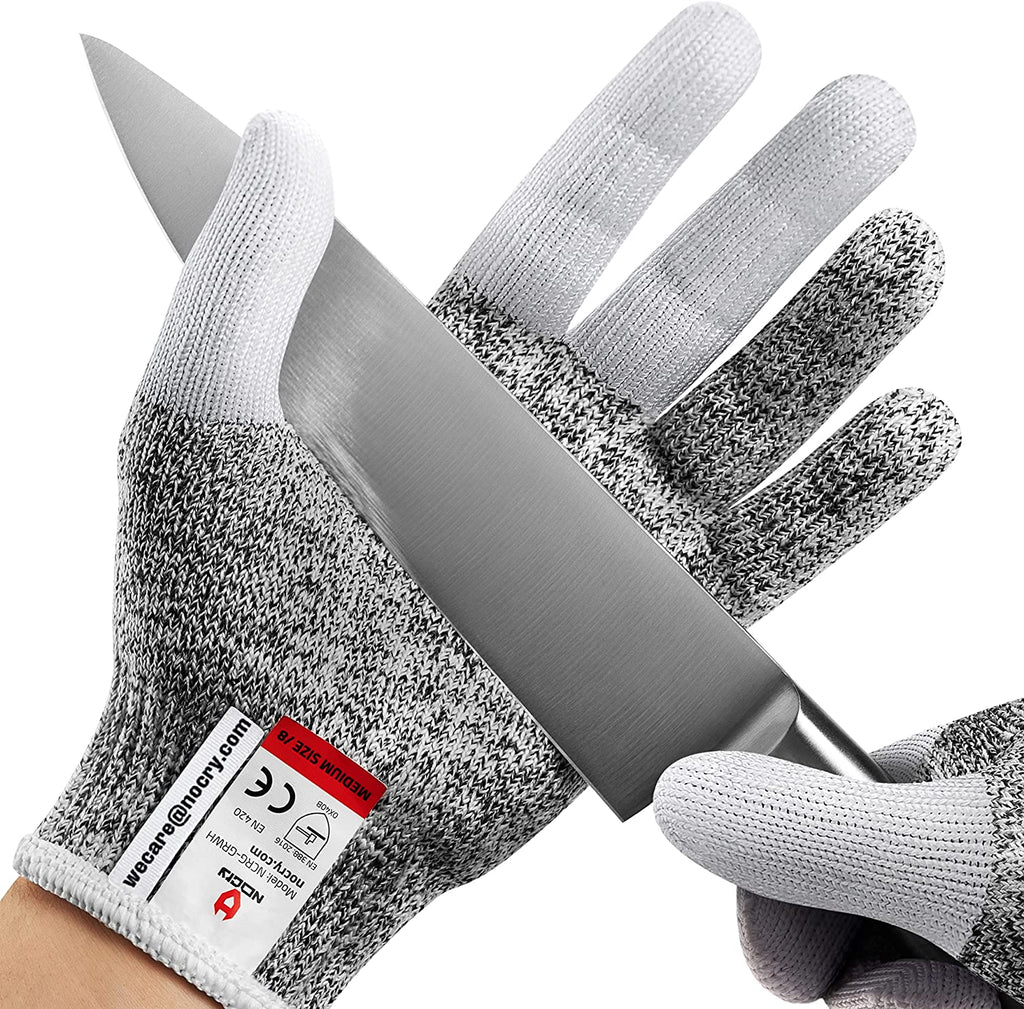When engaging in kitchen activities, mishaps like knife cuts are almost inevitable. It's crucial to understand how to know if a knife cut is bad and when it warrants a trip to the emergency room. Whether you're a professional chef or a home cook, recognizing the severity of a knife wound can help you act swiftly and appropriately. Discover more by reading our article on how to cut your hand.
By being equipped with the right information, you can minimize the risk of complications and ensure a speedy recovery. Let's delve into the essential aspects to identify if your knife cut is bad.

Initial Assessment
Understanding Different Types of Cuts
Before diving into how to assess a cut, it's helpful to understand the different types of knife wounds:
- Superficial Cuts: These involve the top layer of the skin and are akin to paper cuts. They usually heal quickly.
- Partial-Thickness Cuts: These wounds go deeper, affecting the underlying tissue but not reaching the bone.
- Full-Thickness Cuts: These extend through the skin and subcutaneous tissue, potentially damaging muscles, nerves, or even bones. Learn more about cutting bread safely.
Signs of a Bad Knife Cut
Key indications that a knife cut is severe include:
- Heavy Bleeding: Any cut that doesn't stop bleeding after applying pressure for 10-15 minutes needs medical attention.
- Depth and Length: Cuts that are deeper than a quarter of an inch or longer than half an inch could require stitches.
- Exposure of Underlying Structures: Cuts that reveal muscle, bone, or tendons are signs of a significant injury.
- Severe Pain or Numbness: Intense pain, tingling, or numbness may indicate nerve damage.

When to Seek Medical Attention
Professional Evaluation
Here are scenarios when you should seek professional help:
- Location: Cuts on joints or face, where movement can reopen the wound, merit professional evaluation.
- Persistent Symptoms: Any wound showing signs of infection such as redness, swelling, or warmth should be examined by a doctor.
- Loss of Function: If the cut impacts your ability to move the affected area, seek healthcare advice immediately. Check out our guide on kids knife sets.

First-Aid Tips for Knife Cuts
Immediate Actions
Proper first aid can make a big difference:
- Stop the Bleeding: Apply direct pressure with a clean cloth or bandage for 10-15 minutes.
- Clean the Wound: Rinse the cut under cool, running water to remove debris. For more tips on cutting safely, visit cutting fruits and vegetables.
- Protect the Injury: Apply an antibiotic ointment and cover with a sterile bandage to prevent infection.
When to Bandage or Leave Open
Deciding whether to bandage or leave a cut open depends on its severity:
- Small, shallow cuts: Typically, these can be left uncovered to speed up the healing process, as long as they remain clean and dry.
- Larger or deeper wounds: These should be bandaged to protect them from infection and further injury. Learn more about the truth behind knife injuries.
Prevention is Better than Cure
Knife Safety Tips
Prevention is always better than treatment. Here are some practical knife safety tips:
- Keep Knives Sharp: Dull knives are more dangerous as they require more force to cut, increasing the risk of slipping.
- Use Proper Cutting Techniques: Always cut away from your body and use a stable cutting board.
- Pay Attention: Avoid distractions while using knives. Stay focused to prevent accidents.
Proper Storage and Maintenance
Storing knives properly can also reduce the risk of cuts:
- Knife Blocks: Use a knife block, magnetic strip, or knife sheath to keep blades safely stored.
- Regular Maintenance: Regularly sharpen your knives and check for damage.
FAQs
What should I do if a knife cut won't stop bleeding?
If the cut continues to bleed after applying pressure for 15 minutes, you should seek medical attention as it may require stitches or other medical interventions.
How can I tell if my cut is infected?
Signs of infection include increased redness, swelling, warmth, and pus in the wound. If you notice these symptoms, consult a healthcare professional.
Is it better to use hydrogen peroxide or alcohol to clean a knife cut?
While hydrogen peroxide and alcohol can disinfect, they may also damage tissue and delay healing. Instead, use cool running water and mild soap to clean the cut.
For further guidance on first aid and wound care, visit Red Cross First Aid Tips.
As an Amazon Associate, I earn from qualifying purchases.


























